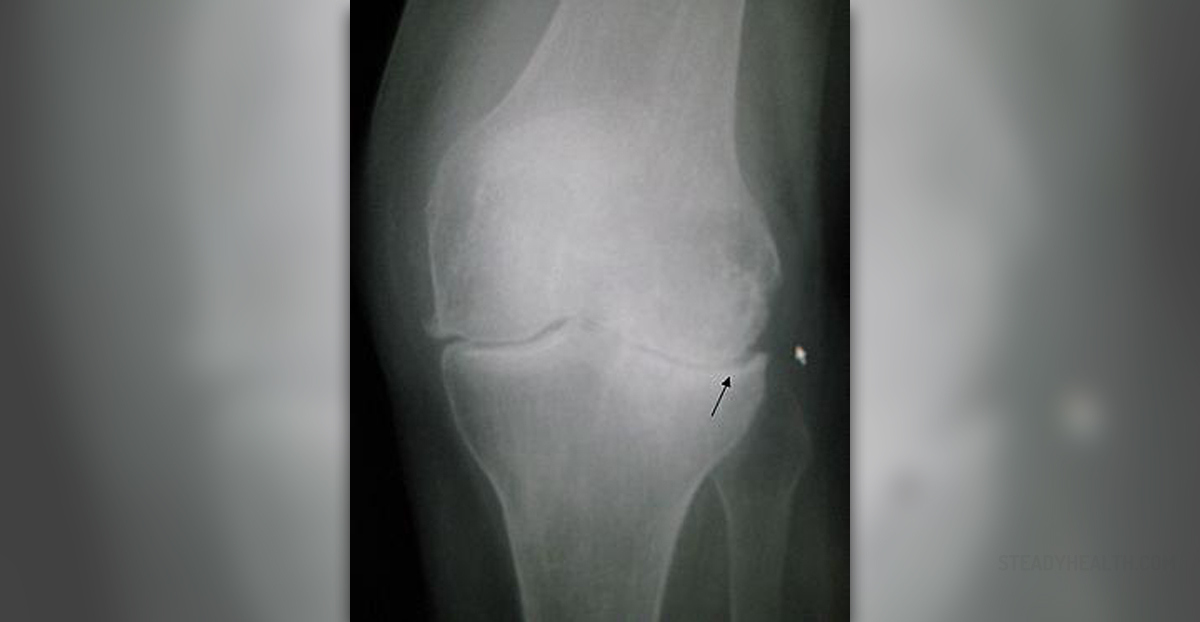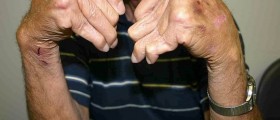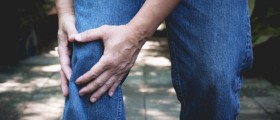
Osteoarthritis is a chronic, degenerative medical condition that affects joints. This is the most frequent form of arthritis. Degenerative process affects certain joints and causes wear of different joint tissues which eventually results in a variety of symptoms and signs.
Osteoarthritis - Overview
Even though this degenerative disease may affect almost every joint in the body, in many cases the process of degeneration develops in the hands, hips, neck and lower back. The symptoms and signs are initially mild, gradually progress and may become simply unbearable and disabling.
Typical symptoms and signs of osteoarthritis (no matter which joint is affected by the illness) include pain in the affected joint (at rest or associated with movement), tenderness, joint stiffness and loss of flexibility. Some patients report grating sensation when they move the damaged joint. One of potential complications of osteoarthritis is a bone spur, an abnormal bony growth formed on a normal bone.
Osteoarthritis develops due to deterioration of cartilage in charge with cushioning the ends of the bones that create the particular joint. Damage to the cartilage results in rubbing and subsequent irritation of the bones. This is a cause of their permanent damage and all the additional symptoms and signs of the condition.
It is believed that osteoarthritis develops as a consequence of a combination of several factors including the process of aging, joint injury, hereditary factors, muscle weakness and obesity.
Therapy for Osteoarthritis
Even though there is no cure for osteoarthritis and damage to the affected joint is practically irreversible, there are many treatment which can successfully bring all the symptoms and signs under control.
Medicament treatment for osteoarthritis is based on pain relieving medications and anti-inflammatory drugs. Acetaminophen, for example, may reduce pain but it cannot help with inflammation. Doctors are cautious and always emphasize that acetaminophen must never be used together with alcohol and in a combination with several more drugs. Ibuprofen and naproxen act against both, pain and inflammation. Side effects of these drugs develop only if they are taken in high doses or for longer period of time. Tramadol is prescribed only for severe pain and strong painkillers in general are only administered in patients suffering from excruciating pain. And finally, one more way to alleviate pain and inflammation in the affected joint is to apply cortisone injections directly into the painful joint.
Many patients suffering from osteoarthritis engage in physical therapy. They are prescribed a specialized exercise regimen that strengthens the muscles around the affected joint and increases the range o motion. Patients are advised to reduce, if not completely eliminate, stressing of the painful joints. These patients may benefit from numerous aids such as a special seat in the shower, a toothbrush with a large grip, braces, shoe inserts and other devices. And finally, one more way to deal with osteoarthritis is to engage in a chronic pain class. Such classes are organized in some medical centers and they are of great help when it comes to coping with and managing osteoarthritis pain.


-Symptoms,-Diagnosis,-Treatment_f_280x120.jpg)












-Symptoms,-Diagnosis,-Treatment_f_280x120.jpg)

Your thoughts on this
Loading...